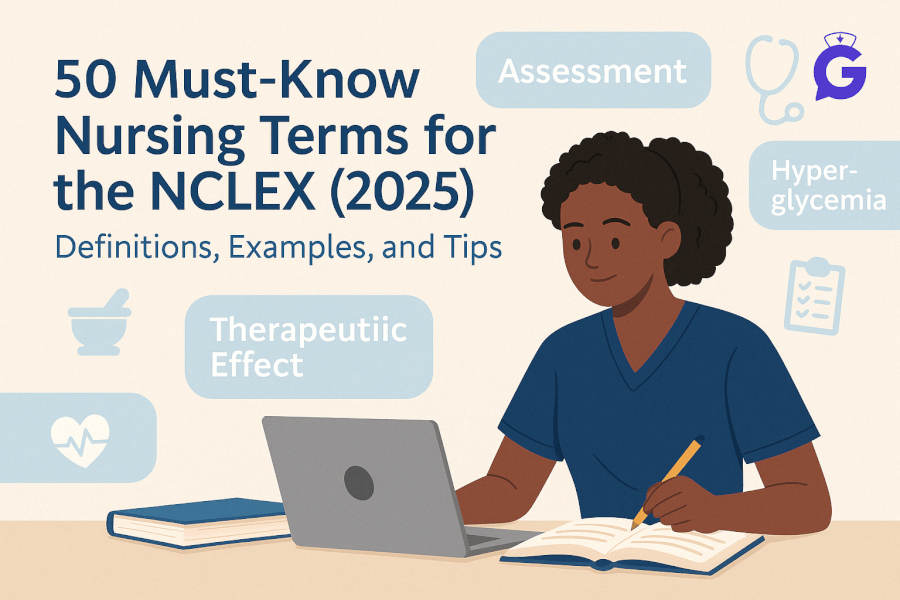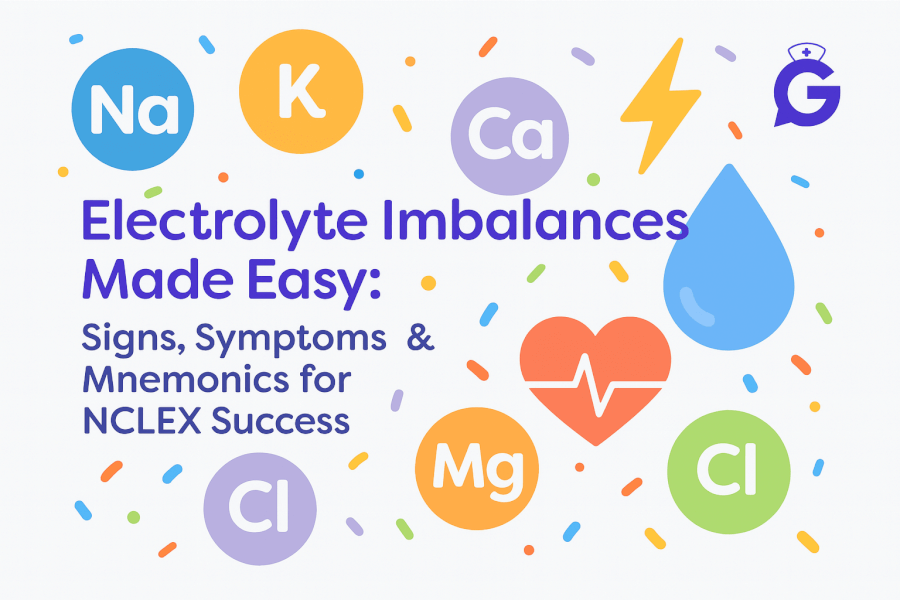Administering medications is a fundamental responsibility for nurses, and understanding the various routes of drug administration is crucial for ensuring patient safety and therapeutic effectiveness. This comprehensive guide explores the different pathways through which drugs can be administered, highlighting their advantages, disadvantages, and special considerations. Whether you're a nursing student or a practicing nurse looking to refresh your knowledge, this article will serve as an invaluable resource.
1. Oral Route
Overview
The oral route involves administering medications through the mouth, making it the most common and convenient method. Tablets, capsules, liquids, and suspensions are typical forms.
Advantages
- Ease of Administration: No specialized equipment or training is required.
- Patient Comfort: Non-invasive and generally well-accepted by patients.
- Cost-Effective: Typically less expensive than other routes.
Disadvantages
- Slower Absorption: Takes longer to enter the bloodstream compared to injectable routes.
- Gastrointestinal Limitations: Not suitable for patients with nausea, vomiting, or who are NPO (nothing by mouth).
- First-Pass Metabolism: Some drugs are significantly metabolized in the liver before reaching systemic circulation.
Special Considerations
- Swallowing Difficulties: Assess patients for dysphagia and consult the prescribing practitioner before altering the form of medication.
- Food Interactions: Some medications require administration with or without food for optimal absorption.
2. Buccal and Sublingual Routes
Overview
Buccal (between the gum and cheek) and sublingual (under the tongue) routes allow medications to be absorbed directly into the bloodstream through the oral mucosa.
Advantages
- Rapid Absorption: Bypasses the gastrointestinal tract and first-pass metabolism.
- Convenience: Useful for patients who cannot swallow pills.
Disadvantages
- Limited Drug Formulations: Not all medications are suitable for buccal or sublingual administration.
- Taste and Irritation: Some drugs may have an unpleasant taste or cause mucosal irritation.
Special Considerations
- Complete Dissolution: Instruct patients not to chew or swallow the medication and to avoid eating or drinking until it has fully dissolved.
- Placement: Ensure correct placement for optimal absorption.
3. Parenteral Routes
Overview
Parenteral administration involves injecting medications directly into body tissues, bypassing the gastrointestinal tract. Common routes include intradermal (ID), subcutaneous (SC), intramuscular (IM), and intravenous (IV).
Advantages
- Rapid Onset: Especially with IV administration.
- Controlled Absorption: IM and SC injections can be formulated for slow, sustained release.
Disadvantages
- Invasive: Requires sterile technique and can cause discomfort.
- Risk of Complications: Potential for infection, hematoma, or nerve damage.
Special Considerations
- Sterile Technique: Essential to prevent infections.
- Correct Site Selection: Varies based on the type of injection and patient factors like age and muscle mass.
🥇Voted #1 Nursing Study Tool.
Personalized AI Tutor + Instant Answers to All Your Questions. 100% Money Back Guarantee!
4. Topical Route
Overview
Topical medications are applied directly to the skin or mucous membranes. This route includes creams, ointments, transdermal patches, eye drops, ear drops, and nasal sprays.
Advantages
- Localized Effect: Minimizes systemic absorption and side effects.
- Ease of Use: Generally simple to apply.
Disadvantages
- Variable Absorption: Factors like skin integrity and temperature can affect drug absorption.
- Skin Irritation: Potential for allergic reactions or dermatitis.
Special Considerations
- Application Site: Rotate sites for transdermal patches to prevent skin irritation.
- Avoid Contamination: Use gloves when applying medications and ensure droppers do not touch surfaces.
5. Inhalation Route
Overview
Inhalation delivers medications directly to the respiratory tract through aerosols or gases, such as nebulizers and inhalers.
Advantages
- Rapid Absorption: Large surface area of the lungs facilitates quick uptake.
- Targeted Therapy: Direct effect on the respiratory system with minimal systemic involvement.
Disadvantages
- Technique Sensitive: Effectiveness depends on proper inhaler use.
- Equipment Required: May need nebulizers or specific inhaler devices.
Special Considerations
- Patient Education: Teach proper inhaler technique to ensure optimal drug delivery.
- Monitoring: Assess respiratory status before and after administration.
6. Intraocular Route
Overview
Intraocular medications are administered directly into the eye, often using medicated disks or drops.
Advantages
- Localized Treatment: Ideal for ocular conditions requiring direct medication.
Disadvantages
- Discomfort: Potential for irritation or foreign body sensation.
- Compliance Issues: Patients may forget to apply or replace medicated disks.
Special Considerations
- Sterility: Maintain cleanliness to prevent eye infections.
- Application Technique: Avoid touching the dropper tip to the eye or other surfaces.
Conclusion
Understanding the various drug administration routes is essential for safe and effective nursing practice. Each route has its own set of advantages, disadvantages, and special considerations that influence drug choice and patient care. By mastering these concepts, nurses can optimize therapeutic outcomes and enhance patient safety.
Frequently Asked Questions
Q1: Why can't all medications be administered orally?
A1: Some medications are inactivated by stomach acids or the liver's first-pass metabolism. Others may need rapid absorption that oral administration cannot provide.
Q2: What should a nurse do if a patient has difficulty swallowing pills?
A2: Consult the prescribing practitioner before altering the medication form. Do not substitute with a liquid form without approval, as absorption rates may differ.
Q3: How can nurses ensure safe parenteral medication administration?
A3: Use aseptic techniques, choose the correct needle size and injection site, and monitor the patient for adverse reactions.
Empower your nursing practice by staying informed about the latest in medication administration. Share this guide with your peers and contribute to a safer healthcare environment.







